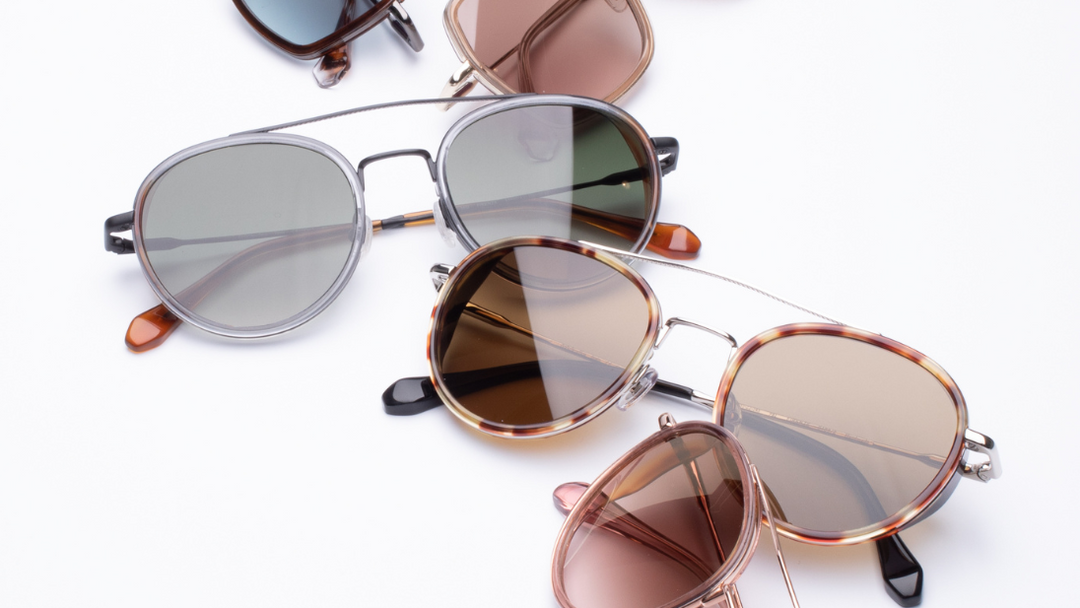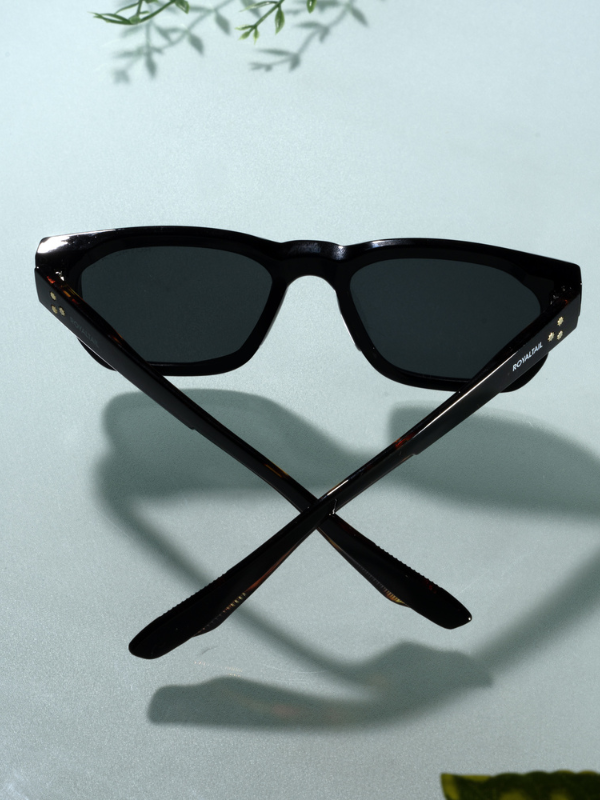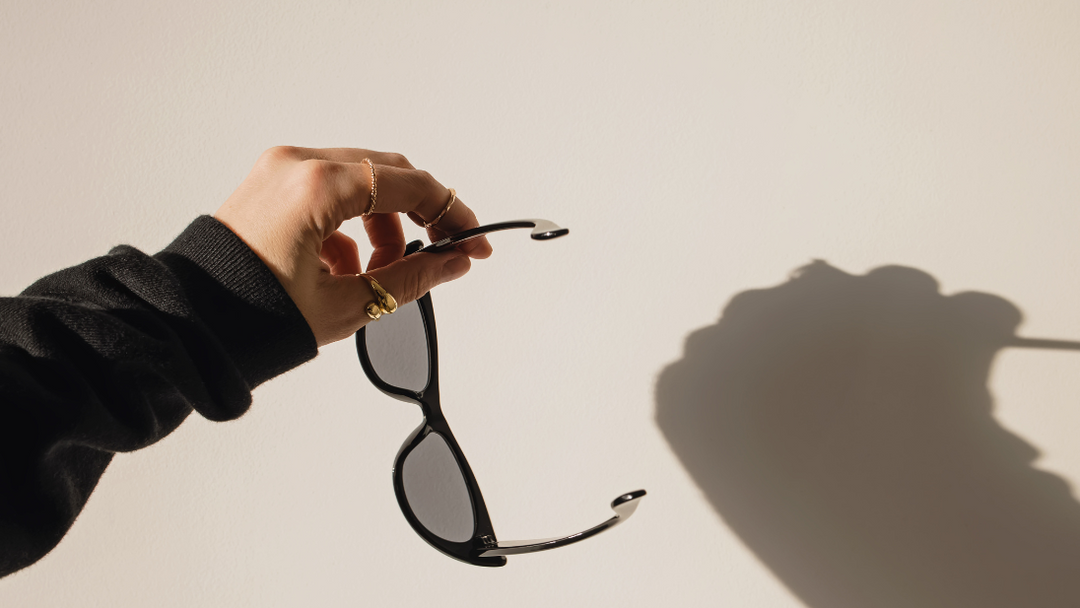
Introduction:
Sunglasses are more than just a stylish accessory; they are essential for protecting your eyes from the sun's harmful UV rays and reducing glare. But have you ever wondered how sunglasses actually work? In this article, we'll delve into the science behind sunglasses, exploring the mechanisms that enable them to safeguard your vision and enhance your visual comfort.
-
Blocking Harmful UV Rays: One of the primary functions of sunglasses is to block ultraviolet (UV) radiation emitted by the sun. UV rays are divided into three categories: UVA, UVB, and UVC. While the Earth's atmosphere filters out most UVC rays, UVA and UVB rays can penetrate the atmosphere and reach the Earth's surface, posing a risk to your eyes. Sunglasses with UV protection coatings or materials block these harmful rays, preventing them from reaching your eyes and reducing the risk of eye damage and diseases such as cataracts and macular degeneration.
-
Polarizing Light Waves: Sunglasses equipped with polarized lenses contain a special filter that selectively blocks horizontally polarized light waves, such as glare reflected off surfaces like water, snow, and roads. This polarization filter helps to reduce glare and improve visibility, particularly in bright sunlight or high-glare environments. By polarizing light waves, sunglasses enhance contrast and clarity, allowing you to see objects more clearly and reducing eye strain.
-
Absorbing Visible Light: Sunglasses are designed to absorb or filter out a portion of visible light, depending on the tint or color of the lenses. Darker tints, such as gray or brown, absorb more visible light and are ideal for bright conditions, while lighter tints, such as yellow or rose, allow more light to pass through and are suitable for low-light conditions. By selectively absorbing visible light, sunglasses help to reduce brightness and glare, improving visual comfort and clarity.
-
Reducing Glare: Glare occurs when light waves are reflected off smooth surfaces at certain angles, creating intense and distracting brightness. Sunglasses with polarized lenses or anti-reflective coatings help to minimize glare by filtering out reflected light and reducing its intensity. This is particularly beneficial when driving, skiing, or engaging in water sports, where glare can impair vision and increase the risk of accidents.
-
Enhancing Visual Comfort: Sunglasses not only protect your eyes from harmful UV rays and glare but also enhance your overall visual comfort. By reducing brightness, glare, and visual distractions, sunglasses allow you to see more clearly and comfortably in various lighting conditions. This can be especially beneficial for individuals with light sensitivity or those who spend extended periods outdoors, such as athletes, outdoor enthusiasts, and people with certain medical conditions.
-
Providing Physical Protection: In addition to their optical properties, sunglasses also provide physical protection for your eyes against dust, debris, wind, and other environmental hazards. The lenses and frames of sunglasses act as a barrier, shielding your eyes from foreign objects and preventing eye injuries. Wraparound sunglasses with close-fitting frames offer the most comprehensive protection, particularly for outdoor activities such as cycling, skiing, and gardening.
-
Maintaining Eye Health: Wearing sunglasses regularly is essential for maintaining long-term eye health and preventing eye damage caused by UV radiation and other environmental factors. Prolonged exposure to UV rays without adequate protection can lead to various eye conditions, including cataracts, macular degeneration, pterygium (surfer's eye), and photokeratitis (sunburn of the cornea). By wearing sunglasses with UV protection, you can significantly reduce the risk of these eye conditions and ensure the health and longevity of your vision.
Conclusion:
Sunglasses are more than just a fashion accessory; they are a vital tool for protecting your eyes and enhancing your visual comfort in various lighting conditions. By blocking harmful UV rays, reducing glare, absorbing visible light, and providing physical protection, sunglasses safeguard your vision and promote long-term eye health. Understanding how sunglasses work can help you choose the right pair for your needs and ensure that your eyes receive the protection they deserve. So next time you slip on your favorite shades, remember the science behind their functionality and the important role they play in preserving your vision.







